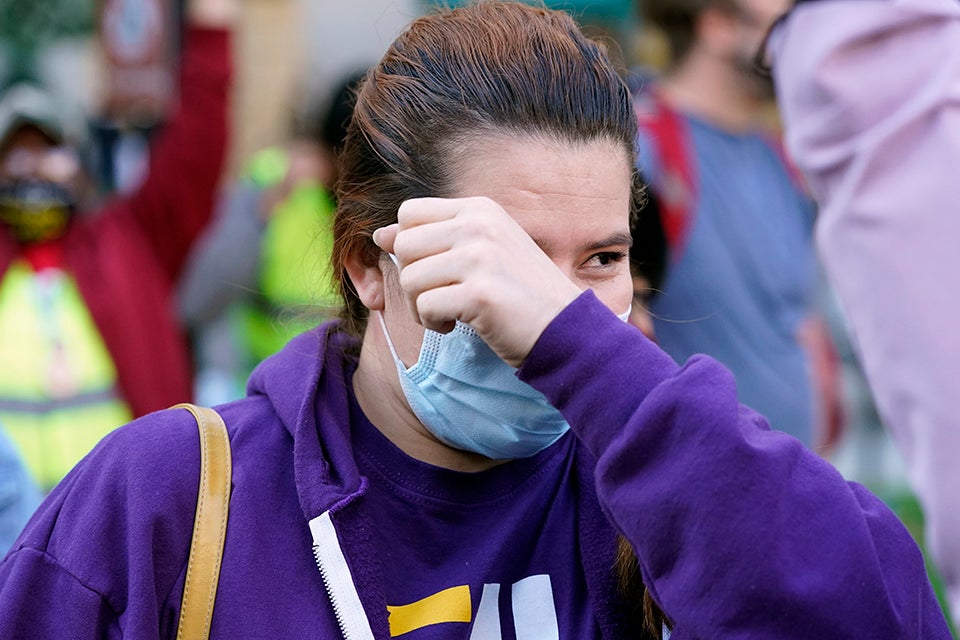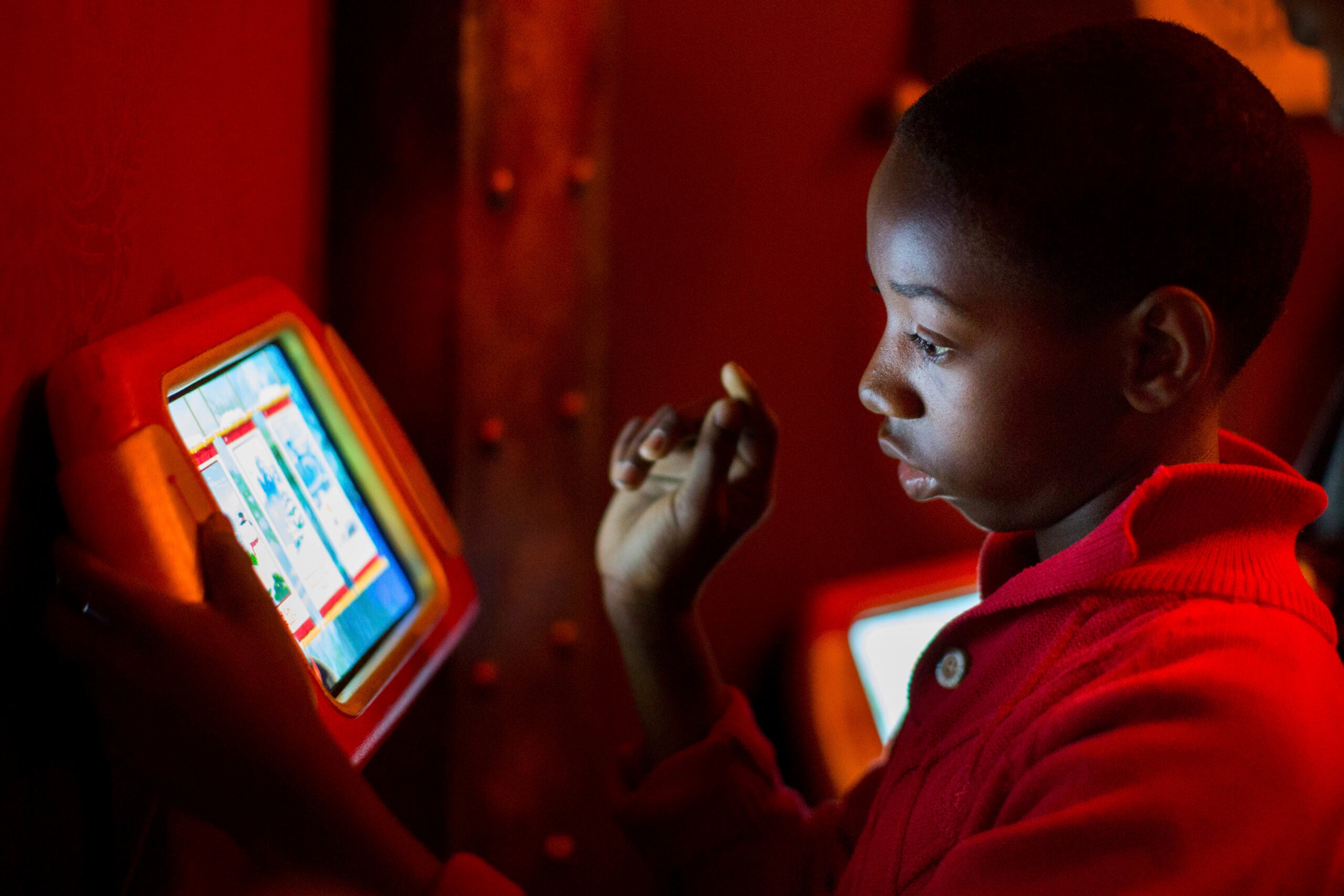The COVID-19 pandemic has given us innumerable reasons to cry this year, from the loss of loved ones to the loneliness of quarantines. A stressful election year has provided even more.
But we also cry over onions, because of allergies and when we get something stuck in our eyes. So where does all that crying come from?
Lauren Bylsma, an assistant professor of psychiatry and psychology at the University of Pittsburgh, explains that crying in humans is an evolution of vocalizations used by young animals used to keep parents nearby. In other words, infant babies would cry to elicit care from their parents.
Stay informed on the latest news
Sign up for WPR’s email newsletter.
“But the special thing about humans is that this crying can also continue into adulthood, and it’s developed a more complex social function that’s thought to have something to do with social bonding and social communication,” she said.
Those vocalizations that we may have inherited during evolution still don’t account for all the tears. There are also tears that serve to protect the eyes. Basal tears help keep the eyes moist, and are important for animals such as penguins who need to protect their eyes from drying out from the saltwater that they’re swimming in.
Reflex tears — like the tears someone might get from cutting an onion — are used to get contaminants out of the eyes.
Emotional tears are a trait unique to humans. That sort of emotional crying becomes less vocal as humans develop. That could be because visible tears are safer compared to vocalizations, because loud crying might attract unwanted attention.
“After a certain point in development, the tears shift from vocal tears to visible tears because those are less likely to attract predators or other individuals that might do harm in the environment,” said Bylsma.
Bylsma said much of the research on crying is based on self-reporting questionnaires or daily diary data. It’s difficult to study these reactions in a lab, particularly because people who cry in front of strangers tend to feel more negative about their reactions, compared to those crying in front of people they feel comfortable around.
“There might be some indirect social benefits or detriments to crying, depending on the context,” Bylsma said.
There’s no research yet on whether people are crying more during the pandemic, but Bylsma said chronic stress, lack of sleep, depression and anxiety all can increase crying. Because research has shown that anxiety and depression are more common this year, it’s fair to assume that crying is too, she said.
People who have depression or anxiety typically cry more when compared to people who don’t have those disorders. But it’s important to note that evidence also shows people who have extreme forms of severe depression or anxiety, like post-traumatic stress disorder, may have lost their ability to cry and instead respond to those disorders by becoming emotionally numb.
The election of Joe Biden and Kamala Harris to the White House drove many to tears in recent days, including CNN commentator Van Jones and Donna Brazile from Fox News. Crying can happen as a response to something positive or to something negative, though the former has been studied less because it’s rarer.
Bylsma said the theory is that crying in response to something positive is a result of mixed emotions. The stress and tension a person feels before the positive moment can lead to crying as a “relief reaction.”
Men are more likely to cry in response to something positive as opposed to something negative. But on average in Western cultures, men cry between zero and one time a month, while women cry between two and five times per month, Bylsma said.
But the range of how often people cry is wide. Bylsma said it’s perfectly normal to cry frequently, so long as it’s not impairing your functioning.
“I think it’s important not to compare yourself to others and think there’s something wrong with you, because the full range of that is perfectly normal as long as it’s not impacting you in some other way,” she said.
Wisconsin Public Radio, © Copyright 2024, Board of Regents of the University of Wisconsin System and Wisconsin Educational Communications Board.






